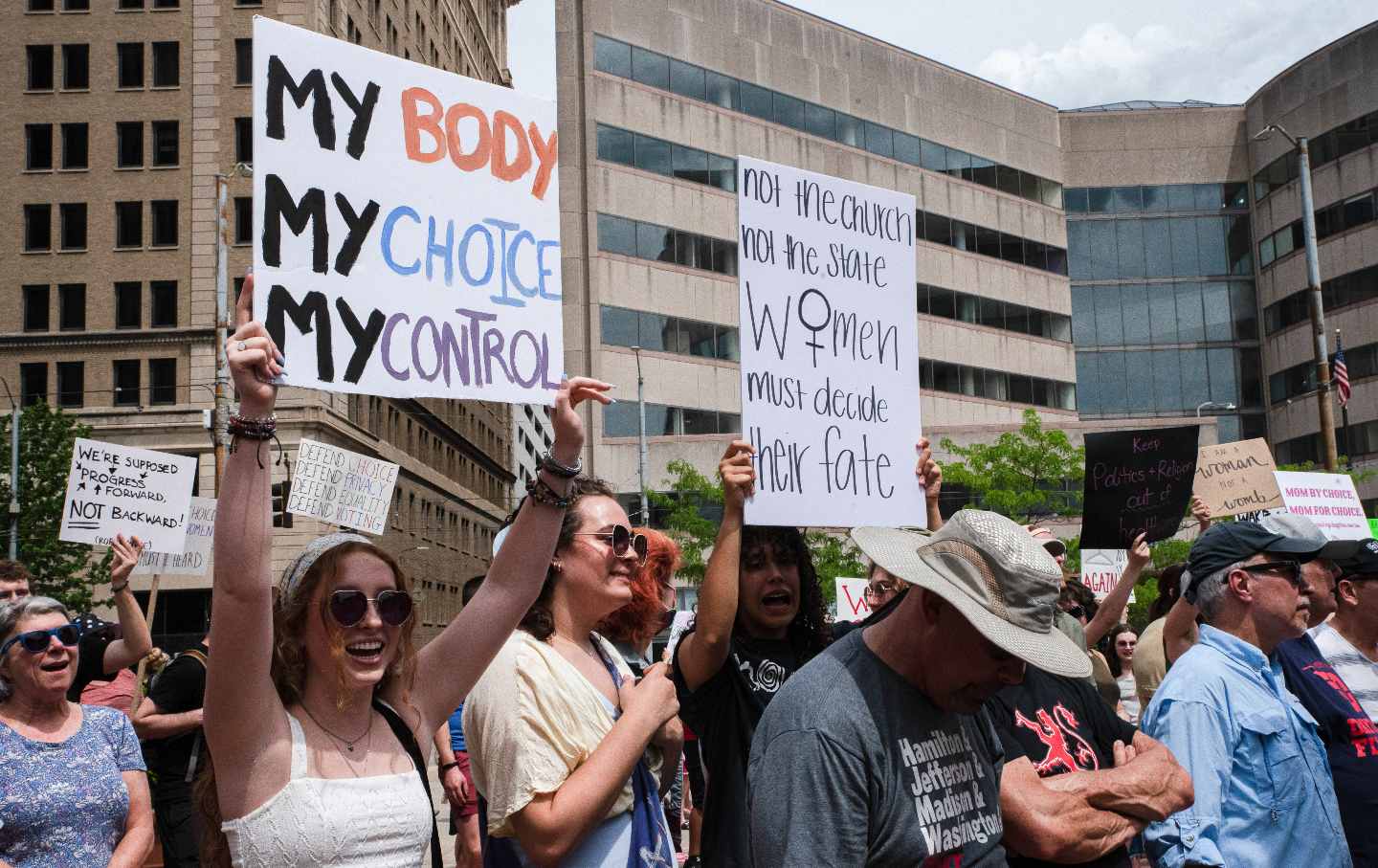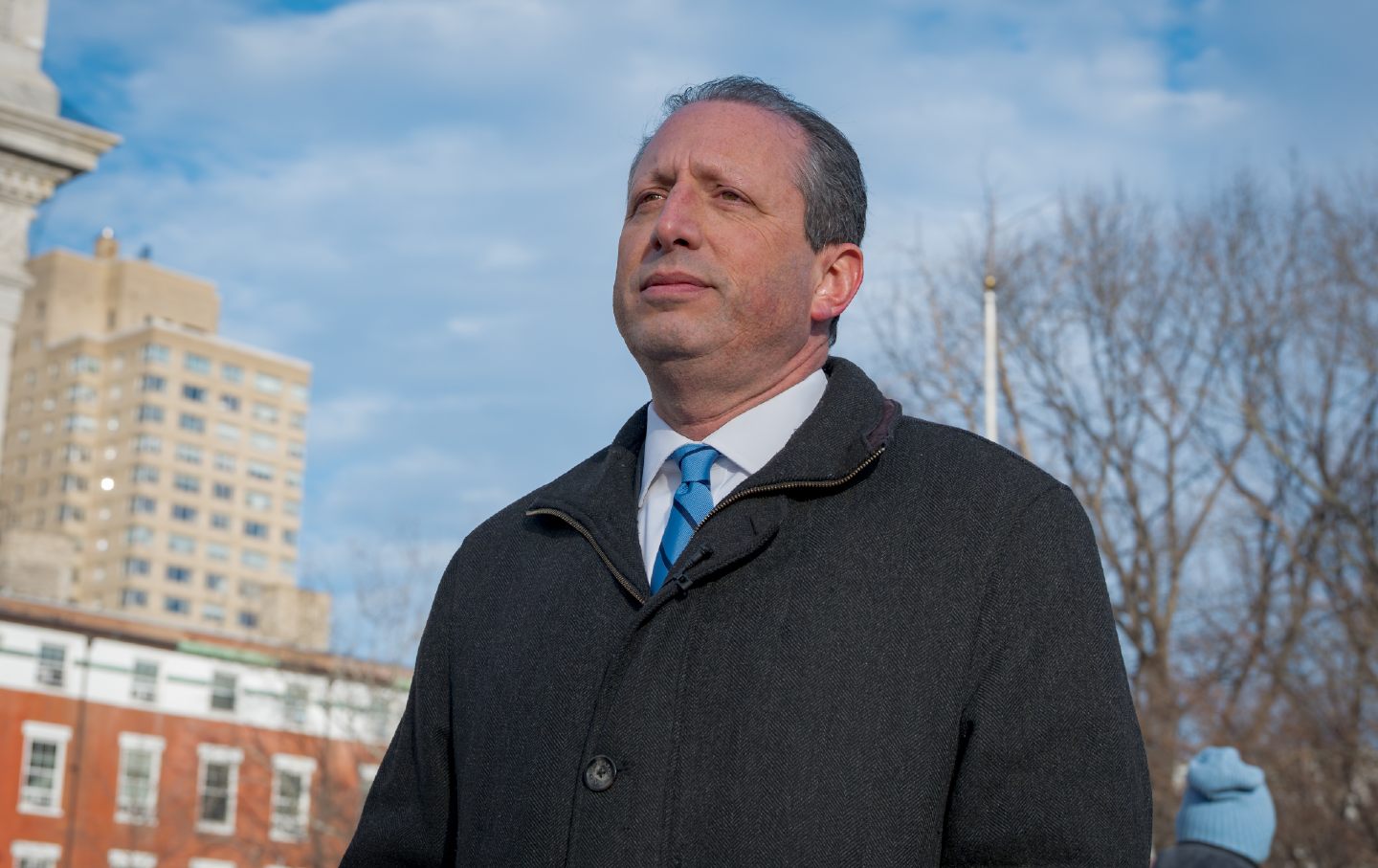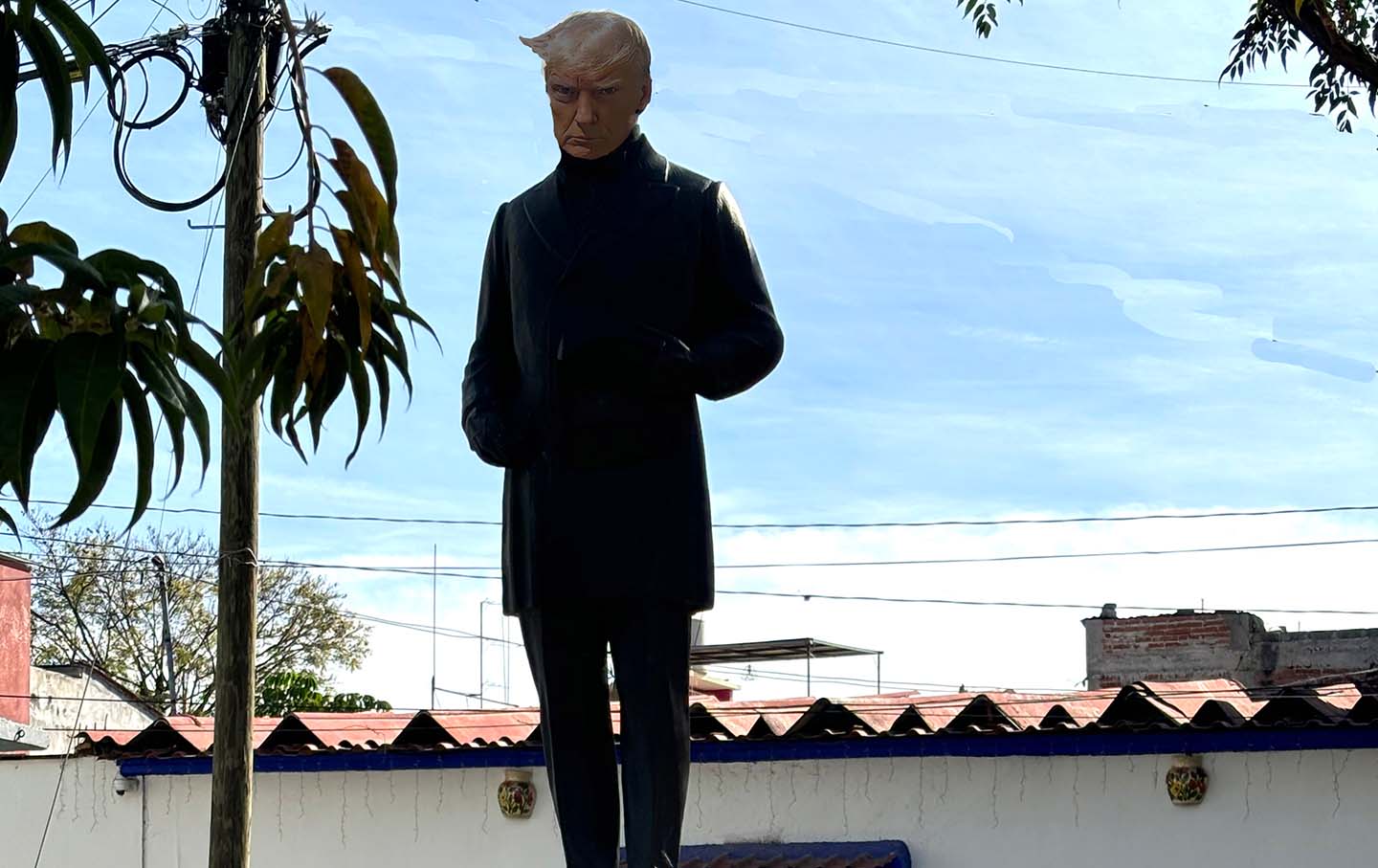Ohio Voters Could Soon Enshrine Abortion Rights in Their State Constitution
On November 7, Ohio will vote on Issue 1, which would guarantee access to abortion. “Every individual has a right to make and carry out one’s own reproductive decisions.”

On November 7, voters in Ohio will decide on a constitutional amendment known as Issue 1, which would establish a right to abortion up to around 24 weeks. The question made it onto the ballot after proponents collected more than 495,000 valid signatures. “Every individual has a right to make and carry out one’s own reproductive decisions, including but not limited to decisions on contraception, fertility treatment, continuing one’s own pregnancy, miscarriage care, and abortion,” reads the proposed amendment.
Behind the campaign are three PACs: Ohioans for Reproductive Freedom, Ohio Physicians for Reproductive Rights, and Ohioans United for Reproductive Rights, with donors including the ACLU and the Planned Parenthood Action Fund. The opposition is led by Protect Women Ohio, with major funding from Susan B. Anthony Pro-Life America, the Archdiocese of Cincinnati, the Catholic Diocese of Cleveland, and the Catholic Diocese of Columbus.
Abortion is currently legal in Ohio up until 22 weeks. However, just after the Dobbs decision, a “Heartbeat Bill” from 2019 that banned abortion after six weeks went into effect. The bill was blocked by Hamilton County Common Pleas Judge Christian Jenkins in October 2022, a decision that was affirmed in December. Supporters of Issue 1 fear future attempts to reinstate the six-week ban in Ohio and hope to enshrine abortion rights in the state’s constitution.
Beyond collecting signatures, abortion rights supporters mobilized this year for the August special election, voting down a ballot measure that would have required 60 percent approval for future ballot initiatives—such as Issue 1—to pass, rather than a simple majority.
Ohio is the only state with a 2023 ballot initiative on abortion, but six 2022 ballot initiatives—in California, Michigan, Vermont, Kansas, Kentucky, and Montana—aimed to either restrict or expand abortion access. Voters in all six states voted in support of abortion access, affirming measures establishing a constitutional right to abortion in California, Michigan, and Vermont, rejecting measures that stated there was no constitutional right to abortion in Kansas and Kentucky, and rejecting the “Born-Alive Infant Protection Act” in Montana. In 2024, ballot measures related to abortion access are on the ballot in New York and Maryland, with 11 other potential initiatives in states like Colorado, Iowa, Missouri, and South Dakota.
An October poll from the Institute for Civics and Public Policy at Ohio Northern University found majority support for Issue 1. “Ohioans voice strong support for abortion rights, which is consistent with most every other poll conducted on abortion in the state over the past year,” said Dr. Robert Alexander, who led the project. “When faced with specific policy relating to abortion, respondents’ views are less firm.”
Ohio has also been riven by the debate over “partial-birth abortion,” the removal of an intact fetus from the uterus, which is done after miscarriages but also in abortions during the second and third trimesters. Opponents of the measure claim that the constitutional amendment would allow for the procedure, which is banned at the federal level, and Ohio Governor Mike DeWine has been an outspoken critic of Issue 1 for that reason. Constitutional scholars have debunked these fears, saying the amendment would not allow for the procedure since state law cannot override federal legislation.
These efforts to further undermine abortion rights—in Ohio and nationwide—come after recent research from WeCount data suggests that the number of abortions in the US did not fall nationwide after Dobbs, and that states bordering states with abortion bans saw a significant increase in the number of abortions. With a number of recent ballot initiatives and a slew of measures coming in 2024, Ohio is one of many states to allow its citizens to decide what abortion access in their state will look like in the future.
Read the rest of StudentNation’s dispatches on the 2023 election here.
Support independent journalism that exposes oligarchs and profiteers
Donald Trump’s cruel and chaotic second term is just getting started. In his first month back in office, Trump and his lackey Elon Musk (or is it the other way around?) have proven that nothing is safe from sacrifice at the altar of unchecked power and riches.
Only robust independent journalism can cut through the noise and offer clear-eyed reporting and analysis based on principle and conscience. That’s what The Nation has done for 160 years and that’s what we’re doing now.
Our independent journalism doesn’t allow injustice to go unnoticed or unchallenged—nor will we abandon hope for a better world. Our writers, editors, and fact-checkers are working relentlessly to keep you informed and empowered when so much of the media fails to do so out of credulity, fear, or fealty.
The Nation has seen unprecedented times before. We draw strength and guidance from our history of principled progressive journalism in times of crisis, and we are committed to continuing this legacy today.
We’re aiming to raise $25,000 during our Spring Fundraising Campaign to ensure that we have the resources to expose the oligarchs and profiteers attempting to loot our republic. Stand for bold independent journalism and donate to support The Nation today.
Onward,
Katrina vanden Heuvel
Editorial Director and Publisher, The Nation








